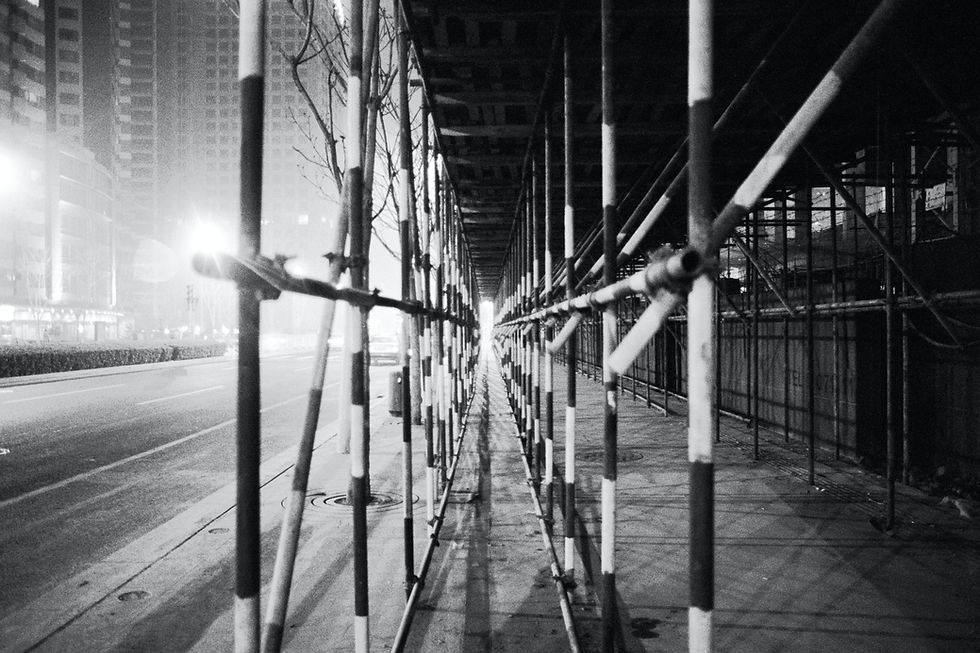The Belt and Road in the Philippines: Recent Developments and Post-Pandemic Uncertainties
- Daniele Carminati

- Apr 5, 2021
- 4 min read

Launched in 2013, China’s Belt and Road Initiative (BRI) is no longer new, but it is certainly in the news. Hardly a day passes without a fresh analysis or commentary debating its revamp or its demise. This is particularly evident in countries, mainly developing ones, that are directly affected by macro-projects and that are betting on these to boost their economies and to improve domestic and international connectivity.
The Master Plan on ASEAN Connectivity 2025, whether it will come to fruition or not, is a stark example of how leaders and policymakers recognize the importance of the multiple dimensions of connectivity, such as physical through infrastructure, digital through 5G technologies, and people-to-people through exchanges. CSIS Reconnecting Asia tracker lists around 70 projects related to the BRI across Southeast Asia, ranging from railways and bridges to dams and power plants.
The Kunming-Singapore High-Speed Rail Network is arguably the most ambitious effort showing how China aims to connect the region, but this would predominantly interest mainland Southeast Asia. In Indonesia, after several delays, Beijing and Jakarta seemed to have agreed on the construction of the high-speed railway connecting Bandung to the capital. But what about the Philippines?
There are many reports covering the impact of the BRI across the archipelago, touching upon economic and social matters, strategic ones, and political implications. A recent analysis from the East-West Center highlighted the fact that “in 2015 the Philippines signed on as the last founding member of the Chinese-led Asian Infrastructure Investment Bank (AIIB), which serves as the funding source for the BRI.” The overlap in scope between Duterte’s Build Build Build Program and the BRI’s Maritime Silk Road is also evident, including the construction of much-needed infrastructure, foreign investments, and the development of human capital.
A policy paper from 2018, instead, focused on the complex interdependence between China and the Philippines warning that the BRI “not only has the potential to impact a host government's socioeconomic agenda but also its overall bilateral relationship with China.” The paper explores the multiple dimensions of cooperation embedded in the BRI and the potential pitfalls and risks for Manila, such as overdependence, which should be contrasted through the creation of a more transparent and fair partnership.
Perhaps unsurprisingly, the major roadblock between the two countries is the South China Sea dispute, which still seems far from being resolved. Depending on whom you ask, and their interests, there are mixed opinions about how to deal with China and the modalities and extent to which the BRI should be openly welcomed, cautiously weighted, or even resisted. The Duterte administration and the business sector are more inclined to cooperate with China, to reap political and commercial benefits, but pundits and the general population are more skeptical and urge caution.
The ISEAS State of Southeast Asia Survey seems to confirm this growing wariness. In 2019, when asked about the BRI, almost 35% of Filipino respondents claimed that it was “too early to analyze impacts due to lack of information,” 27% believed it would “benefit regional economic development and enhance ASEAN-China relations,” 25.2% hoped it would provide the needed infrastructure funding, 38.7% were concerned it will “bring ASEAN member states closer into China's orbit,” and 18.9% were confident it “will not succeed as most of its projects provide little benefit to local communities.” Noticeably, the views were still mixed. In 2020, when a simpler and more direct question was asked, more than 70% of Filipinos claimed to have little to no confidence that the BRI “had turned a new page” after the 2nd Belt and Road Forum in April 2019.
The above opinions were collected before the still-ongoing pandemic unraveled, and in spite of gloomy predictions, the consensus appears to be that the “Coronavirus Hasn’t Killed Belt and Road.” Not only the numerous accusations of it being a calculated “debt trap” have been, so far, debunked again and again, but there might be instances in which the projected hopes are enhancing the country’s soft power, particularly in the developing world.
That said, the hopes and promises might backlash if the projects will not come to fruition, and until the successful and timely completion of several mega-projects materializes, analyses expressing concerns over corruption and delays will continue to make headlines.
In the meantime, following accusations that wealthier countries have been hoarding vaccines, China’s “vaccine diplomacy,” often embedded in the BRI as the health silk road, might be one more chance for Beijing to elevate its reputation at the expense of Western powers, many of which are still struggling to contain new waves of infection. It might not come as a surprise that the first batch of vaccines in the Philippines is from Sinovac, a Chinese company.
It is always hard to make predictions, especially in these uncertain times, but it is safe to say that the Philippines is not eager to challenge China, and will keep striving to preserve a balanced foreign policy. All of this, while not forgetting that there are options beyond the two major rivals, such as Japan, that is not only a valuable and admired strategic and economic partner but also an infrastructure leader.

Daniele Carminati is a research analyst and Ph.D. candidate in Asian and International Studies at the City University of Hong Kong. His interest revolves around the impact of globalization and the ensuing trends and issues across East and Southeast Asia.




Comments